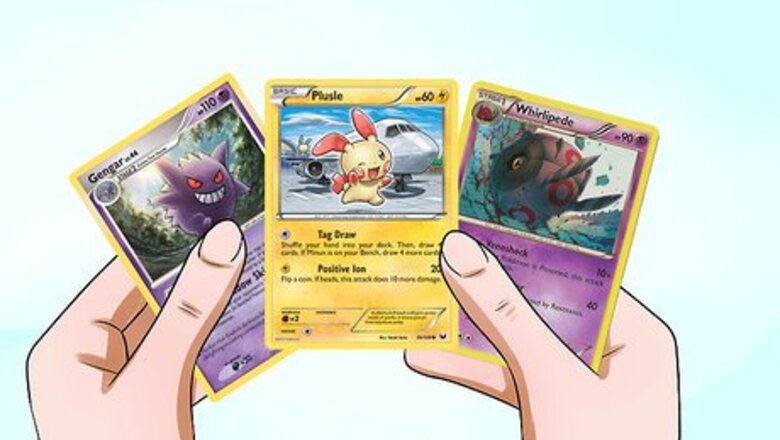
views
Checking the Display

Familiarize yourself with the Pokémon species. Sometimes the pictures on fake cards show things that aren't even Pokémon, like Digimon (or similar imitators) or animals. Be suspicious if what a card displays looks questionable, or if there appears to be a sticker on top of the card.
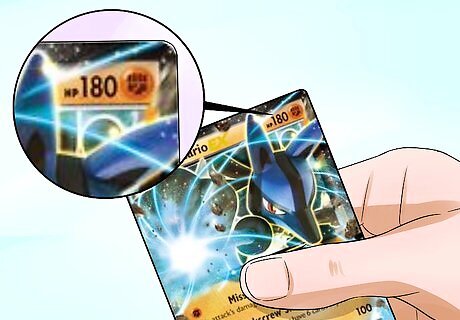
Look at the attacks and HP. If the HP is anywhere over 300, or the attacks don't exist, then it's a fake for sure. Also, if it says (attack no.) HP instead of HP (attack no.), it is definitely a fake card because real cards display the HP first and not the attack no. first. That's only with old cards; new cards have HP 80 instead of 80 HP. However, a few genuine cards have the variable and the attribute name inverted as a result of a printing mistake. Do not discard the card as fake without making further checks, as if the card is a genuine with a mistake, it may be valuable.
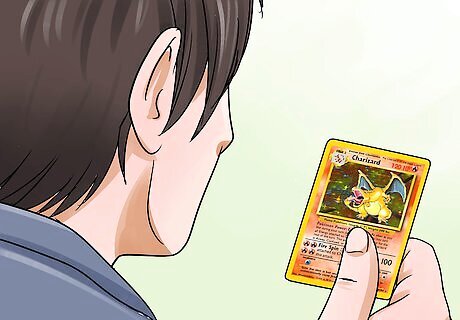
Look for spelling mistakes, fancy borders around the Pokémon's picture, or a cup-like base holding the energy.
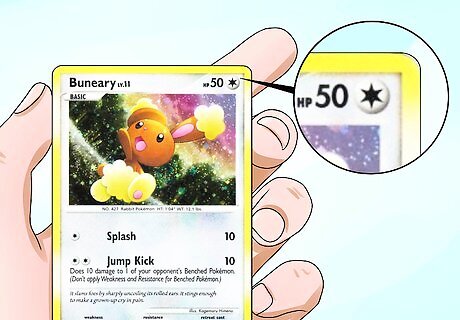
Compare the energy symbol to other cards. Many fakes have energy symbols that are slightly larger, distorted, or offset from each other.
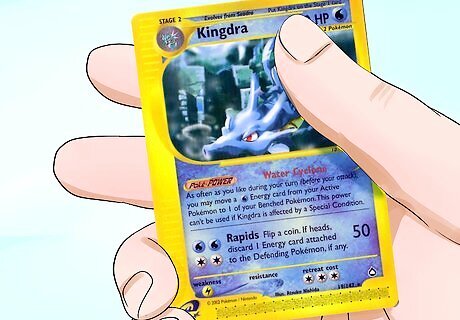
Look at the text. On fake cards, the text is usually slightly smaller than on real cards and is usually in a different font.
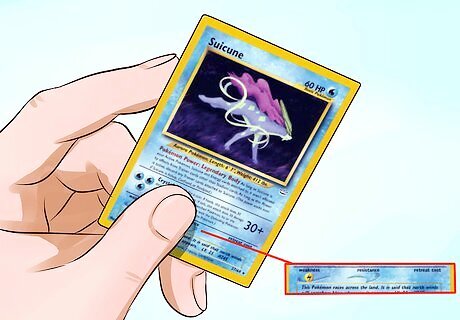
Check the weakness, resistance, and the retreat cost. The weakness/resistance's maximum damage addition/subtraction is +/-40, unless the weakness is x2. The retreat cost is no more than 4.
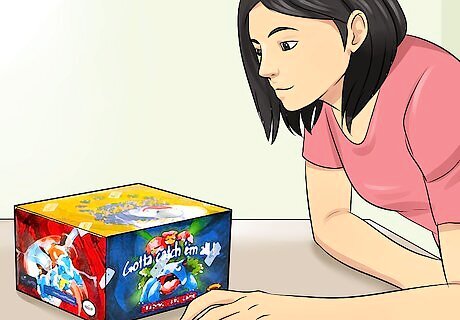
Check the card box. With fake cards, the box won't have trademarks and will say something like "pre-release trading cards". It will be made from cheap cardboard, without the standard bag.

Look at the card's spellings. Fake cards often have wrong spellings. Common mistakes among them including spelling the Pokémon names incorrectly, having no accent i.e. " ` " sign on the 'e' of 'Pokémon' , etc. You may also see the cards spelling the attacks inaccurately, and not having any energy signs under the attack for the attack description.

If it is a first edition, look at the circular first edition stamp to the lower left of the card's picture. Sometimes (particularly for base set cards), people will stamp a card with their own 1st edition stamp. How can you tell the difference? First, a fake stamp is usually more imperfect and there are a few blotches on the stamp. Second, fake stamps come right off if you try to rub/scratch them off, very easily.
Checking the Colors
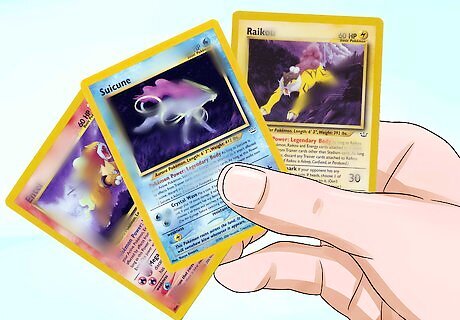
See if the colors are faded, smudged, too dark, or just plain inaccurate (beware of Shining Pokémon, though! Those rare Pokémon are purposely the wrong color). The chances that it's a factory mistake are very slim; it's much more likely to be fake.
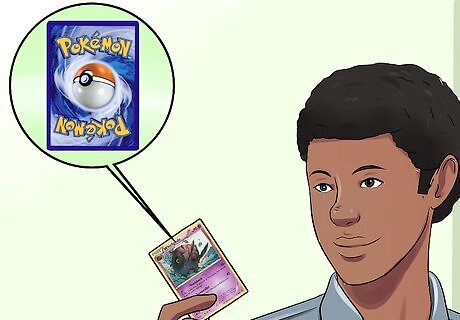
Look at the back of the card. On fake cards, the blue swirling design often looks purplish. Also, sometimes the Poké Ball is upside down (on a real card, the red half is on the top). Sometimes, the Poké Ball image can also look uneven on the card.
Inspecting the Size and Weight
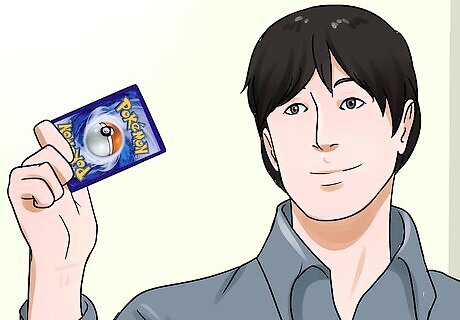
Inspect the card itself. A fake card usually feels thin and flimsy and you may be able to see through it if you hold it up to the light. Some fake cards, on the other hand, are too hard and look shiny. If it's the wrong size, that's also a telltale sign. Different materials will also wear differently, so on more "used" cards look for more damage to corners and unusual wear patterns. Also, fake cards often have no copyright date or the illustrator at the bottom of the card.
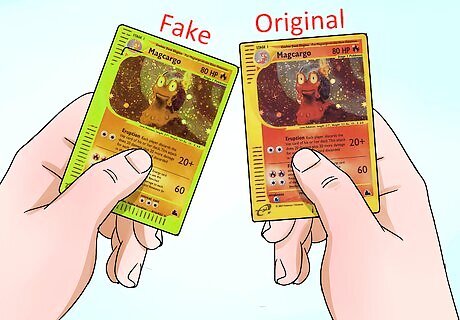
Grab another card. Is the card in question the same size? Is it too pointy? Is it centered right? Is there more yellow on one side of the card than the other?

Bend it a little. If it bends with great ease, it's a fake. The real cards are not flimsy.
Testing the Cards

Make a small tear in it if you are certain it is a fake. Then take an old Pokémon card you don't use anymore and make a small rip in that. Compare the rate at which both ripped. If the fake one ripped faster, then it's without a doubt a fake.
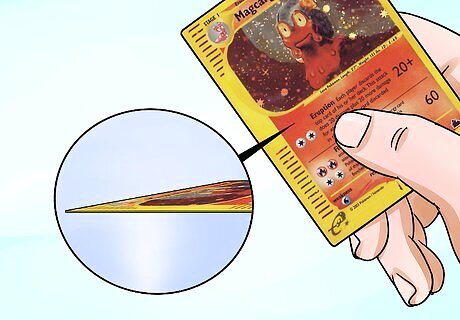
A quick way to test if your Pokémon card is real or fake is to take a close look at the edge of it. Real Pokémon cards have a very thin sheet of black between the cardboard. It's very thin, but up close it is easy to see the darkness between the two thin halves of the card. Fake cards do not have this.











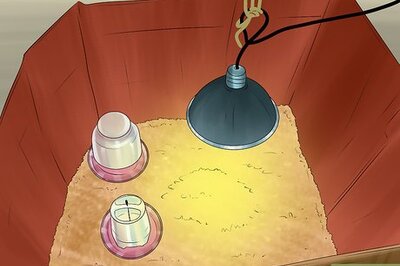
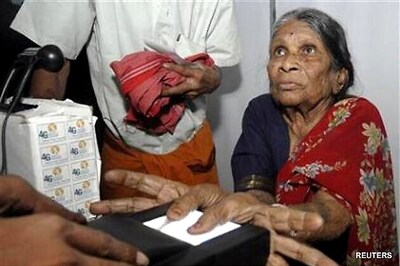



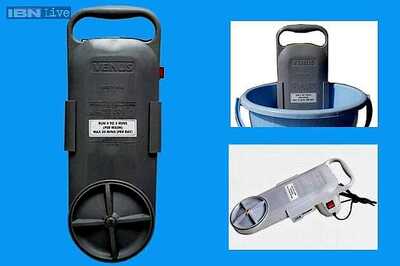
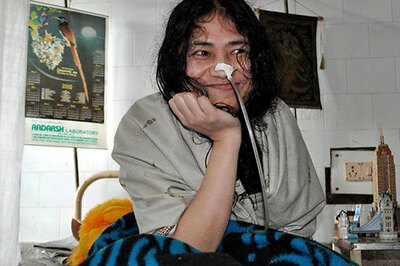
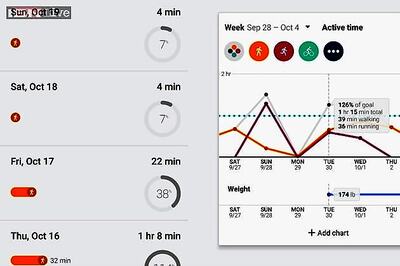
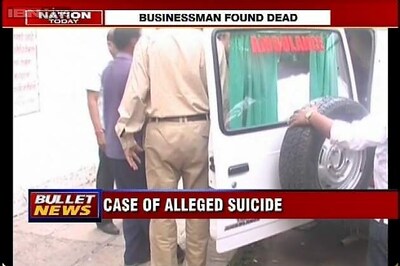
Comments
0 comment